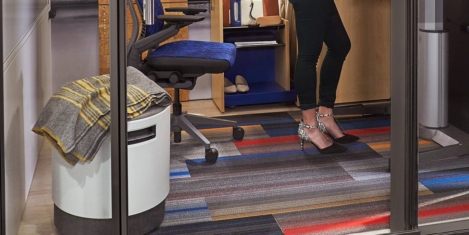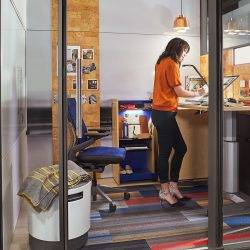To provide the best experiences, we use technologies like cookies to store and/or access device information. Consenting to these technologies will allow us to process data such as browsing behaviour or unique IDs on this site. Not consenting or withdrawing consent, may adversely affect certain features and functions.
The technical storage or access is strictly necessary for the legitimate purpose of enabling the use of a specific service explicitly requested by the subscriber or user, or for the sole purpose of carrying out the transmission of a communication over an electronic communications network.
The technical storage or access is necessary for the legitimate purpose of storing preferences that are not requested by the subscriber or user.
The technical storage or access that is used exclusively for statistical purposes.
The technical storage or access that is used exclusively for anonymous statistical purposes. Without a subpoena, voluntary compliance on the part of your Internet Service Provider, or additional records from a third party, information stored or retrieved for this purpose alone cannot usually be used to identify you.
The technical storage or access is required to create user profiles to send advertising, or to track the user on a website or across several websites for similar marketing purposes.
 Self-employed women, who earn an average of 16 per cent less than self-employed men, should be supported with greater training and development opportunities, a new report has said. The government should also remove any barriers preventing young women embarking on apprenticeships, according to the report published by the All Party Parliamentary Group (APPG) on Women and Work. The report, How to Recruit Women for the 21st Century, is the product of a year’s research by the APPG, which is jointly chaired by MPs Jess Phillips and Gillian Keegan.
Self-employed women, who earn an average of 16 per cent less than self-employed men, should be supported with greater training and development opportunities, a new report has said. The government should also remove any barriers preventing young women embarking on apprenticeships, according to the report published by the All Party Parliamentary Group (APPG) on Women and Work. The report, How to Recruit Women for the 21st Century, is the product of a year’s research by the APPG, which is jointly chaired by MPs Jess Phillips and Gillian Keegan.


































January 25, 2019
The state of the workplace right now? Everywhere and nowhere, baby 0
by Paul Carder • Comment, Facilities management, Features, Premium Content, Property, Workplace design
(more…)